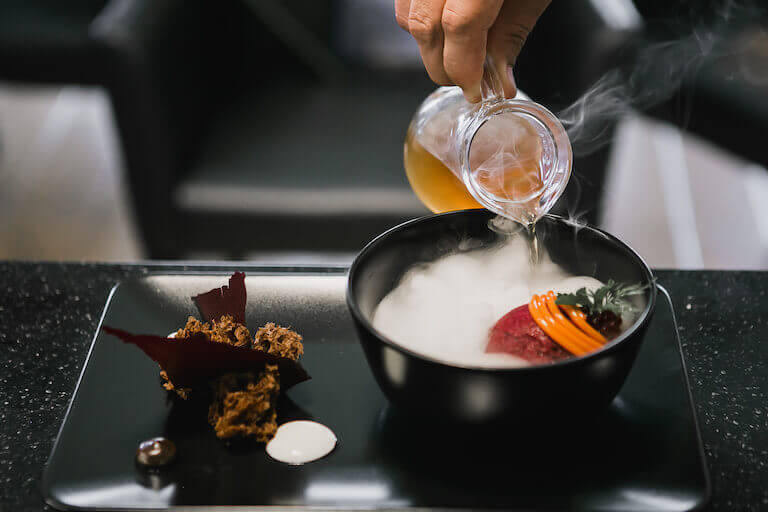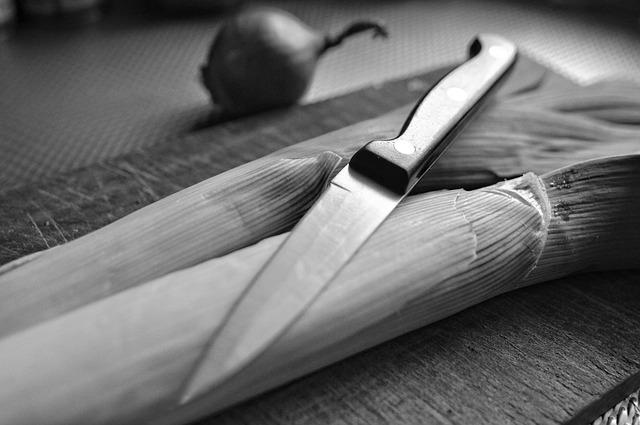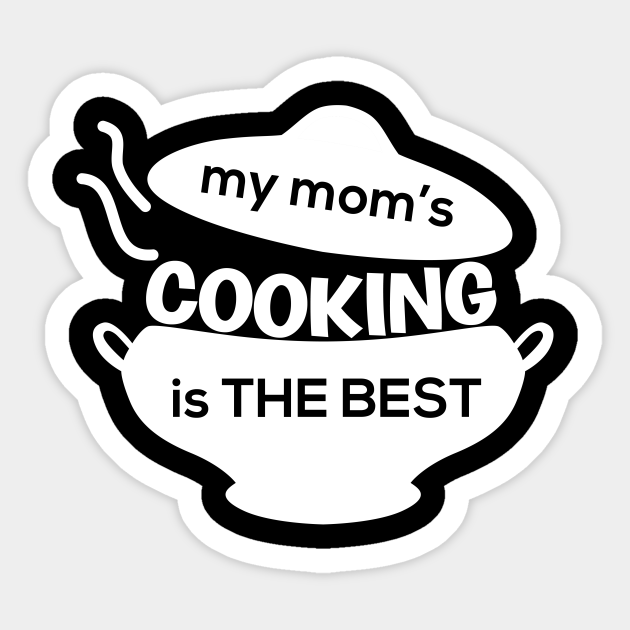
These cooking tips and tricks can help novices and experts alike make better food. Make sure you understand the order of ingredients before adding them to a dish. Different ingredients cook at different rates. You will also learn to use your senses when cooking. Even if your senses aren't heightened by smell, you will learn how to use the thermometer to measure the temperature. You shouldn't be afraid to try new flavors or textures.
10 basic cooking tricks
If you enjoy trying new foods, learning how to cook can make your life more enjoyable. The best way to make even the simplest dishes taste better and healthier is to learn basic cooking tips. There are many different ways to cook chicken and salmon. The first part of the operation is beating eggs. Cooking eggs takes just five minutes! A useful trick for cooking eggs is to first blot the meat. This helps ensure that the meat cooks evenly.
When cooking with frozen ingredients, try to defrost them before using them. This will preserve their texture. To avoid steam and heat from escaping from the oven or fridge, freeze frozen items. It will also help preserve their flavor. If you don’t have a freezer you can freeze them and defrost them in a refrigerator.
Proper measuring cups
You can find many different sizes and shapes of measuring cups. Each of the six pieces in a set contains a cup for all common measurements. This includes a 1/3 cup and 3/4 cup. These cups are perfect for measuring dry ingredients, like flour. However, they are not always the most practical. This set of cups can accurately measure any liquid, including spices. These are some tips to help you choose the right measuring cups for your cooking.

You need to make sure that the measuring cups you purchase are both dry- and liquid-compatible. It's not possible to accidentally fill them with liquid, even if they are meant for dry ingredients. Avoid dipping the measuring cup in flour or other dry ingredients. This can cause inaccurate measurements. The liquid measuring cups will have an ambiguous measurement so you'll end with a less accurate measurement.
Storing food in a safe place
The first step in storing food correctly is to identify the items you'll be using. Some items can be kept in the fridge and pantry. Other items should be stored in glass containers. You can store non-perishable products in glass containers or airtight container. Store them in a dark, cool location away from direct sunlight. Below are some ways to properly store food in the refrigerator.
First, make sure that your kitchen is clutter-free and clean. Avoid storing food in areas next to household products. Keep food in cool, dark cabinets. Food is sensitive to temperature. You should ensure your containers are securely fitted so that no food gets thrown away. Keep food out of direct heat sources such as pipes. The food's color will be affected if it is exposed to too much light.
You can prepare food using only your senses
It can improve the cooking experience by using all your senses. For example, relying on your taste buds can help you choose the right ingredients for your recipes. Imagine the flavor and cooking time of a particular dish. You can also use your visual senses to detect smell and touch. You can use your imagination and listen to your body when you shop for ingredients. For example, you might substitute broccoli for red cabbage if you think it will taste equally good.

You'll be able to easily identify new foods, evaluate their quality and enjoy them more if you use your five senses. You will discover that there is a whole world beyond what you think. Learn about the science behind flavour and use your senses as a guide to cooking. You'll be able to distinguish between an authentic emoji peach from a fake one. You can even learn to appreciate grapefruit's bitterness. If your kitchen is cluttered, you can use all your senses and look around to make sure that everything is in order.
FAQ
How Long Does It Take to Be a Chef? What Is the Average Career Path?
It takes five years to become a chef. In this period, you will learn basic cooking skills and experience as a kitchen assistant. After your training is complete, you will be eligible to apply for a job as a sous chef, executive chef, or line cook. The average salary for a chef ranges from $25,000 to $60,000 per year.
What is the difference between a chef & a cook?
A chef prepares food to be served to others. A cook cooks for others. A chef, on the other hand, works directly with customers. This means that they may have to decide what dishes to prepare for their customers based on their preferences. A cook does not interact with customers. Instead, a cook makes sure the food tastes good before delivering it to customers.
How long does it take to learn to cook? How long will it take me to learn how?
It depends on what kind of skill level you are trying to achieve. Some people learn basic cooking techniques in just a few days. Others might take months or years before they feel confident enough to teach themselves how to cook.
There are many factors that affect the time required to learn how cook. Someone who has never been to the kitchen before might need more time than someone who does it regularly. Certain types of cooking require more skill than others. For instance, baking requires more knowledge than frying.
You should learn a particular technique to improve your cooking speed. You can then move on to the next technique once you have mastered it. Don't worry too much about the exact number of days or weeks it takes to learn to cook. Keep practicing and enjoying the process.
How do I get motivated to cook?
When you cook with your family and friends, cooking is enjoyable. Cooking for one is easier than cooking for another. If you want to be motivated to cook, try making something new. This will allow you to discover new recipes and techniques. You can also use recipes from other cultures to increase your culinary knowledge.
How do I get hired as a chef?
To get a job as chef, you must first complete a culinary arts degree. The next step is to join a professional association like the American Culinary Federation. The ACF offers certification exams and networking opportunities.
Statistics
- According to the BLS, chefs earn $58,740 a year. (learnhowtobecome.org)
- You'll be amazed that over 90% of CIA students receive scholarships and grants to finish their culinary studies. (ischoolconnect.com)
- The median pay for a chef or head cook is $53,380 per year or $25.66/hour, according to the U.S. Bureau of Labor Statistics (BLS). (learnhowtobecome.org)
External Links
How To
How to make a perfect omelet
Omelets are my favorite breakfast dish. But how do you create them perfectly? There are many recipes and methods I tried, but none worked. Today, I'd like to share some tips with you in order to make delicious and fluffy omelets every day.
First, eggs can be very temperamental ingredients for making omelets. They must be fresh, preferably from the organic market, and be kept cold until cooking. The yolks and whites will not form properly if they aren't kept cold enough. This can make your omelets look bizarrely colored. If you're going to cook them immediately, it is best if the eggs are still warm.
Another tip is to separate each egg before adding them to the saucepan. It is important not to allow any white to mix with the yolk as this could lead to the omelet becoming curdled.
The bottom part of an egg that is added directly to the stovetop might be burned, which could cause a ruined texture in your omelet. Instead, place the egg in the microwave for 10 second before you put it in the skillet. The microwave heat will cook the egg just right without making it too hot.
Next, let’s talk about mixing the egg. Mixing eggs together is important. You need to beat them well. You need to turn the bowl of the mixer upside down. Then shake the bowl vigorously. This allows the air to be whipped and the egg to be mixed thoroughly.
Now it's time to have fun: pour the milk into the mixture. Mix half of the milk with the eggs. Then fold the eggs in half into the remaining milk. Don't worry if there are still streaks of egg visible; these streaks will disappear once you flip the omelet.
After you have folded the eggs, heat the oil in a pan over medium heat. Once the oil has started to sizzle, turn the heat down to low. Once the oil begins to heat, add 1/4 cup butter and swirl the pan to coat it. The lid should be carefully opened. Sprinkle salt in the pan. The salt will help to prevent the omelet's sticking to the pan.
Once the omelet has formed completely, cover the pan and let it set for a few minutes. Use a spatula to flip the omelet or turn the pan upside-down. Cook the other side for another minute or two. Take out the omelet and place it in a bowl.
This recipe works best with whole milk, but skimmed milk also works.